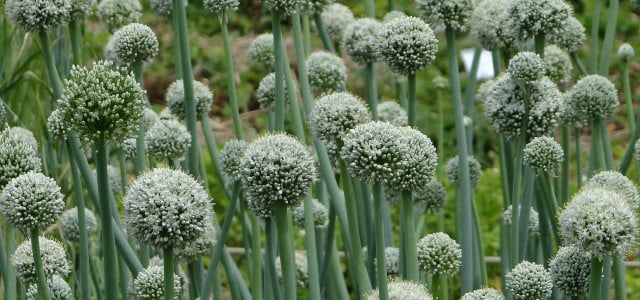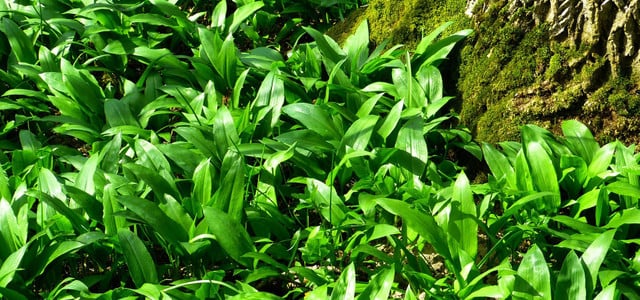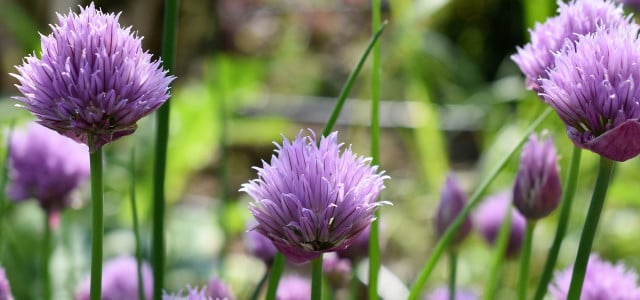Noticed garlic flowering in your garden, and wondering what to do? Keep reading to find out why it happens, how to use it, and ways to avoid it in the future.
Even if you are simply growing it for for the bulbs or greens, garlic will inevitably flower like any other vegetable to produce seeds. This usually occurs midsummer, when the garlic plants lets out a shoot called a “scape” that will eventually develop into a flower. These scapes pose a problem because as they grow, they redirect energy from the bulb into the flower, meaning that your garlic bulb will end up both smaller and less flavorful. For this reason, scapes are often cut immediately to allow the bulb to further develop.
Harvesting Flowering Garlic
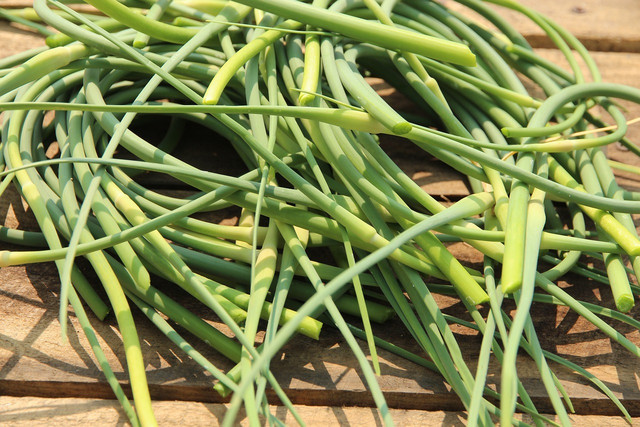


(Foto: CC0 / Pixabay / zoosnow)
Fortunately all parts of the garlic plant is edible, meaning that you can still harvest your garlic during or after the flowering cycle. Here’s what you can do if you discover your garlic flowering:
- Leave it: Garlic is a great flower for bumblebees and other pollinators, provides a splash of color to your garden, and eventually produces seeds that you can plant later. Additionally, if you leave your garlic in the ground without harvesting, it will expand for the next year and produce even more garlic.
- Harvest the flowers: Young garlic flowers or buds are edible and can add a subtle garlic flavor to your cooking.
- Harvest the scapes: Garlic scapes are edible and can be sautéed for their light garlic flavor. If you harvest scapes early enough, then you can enjoy both the scape and the garlic bulb before it begins flowering.
- Harvest the garlic: Garlic that has flowered is still perfectly good to eat, though the quality won’t be on par with garlic that hasn’t flowered.
How to Avoid Garlic Flowering in the Future
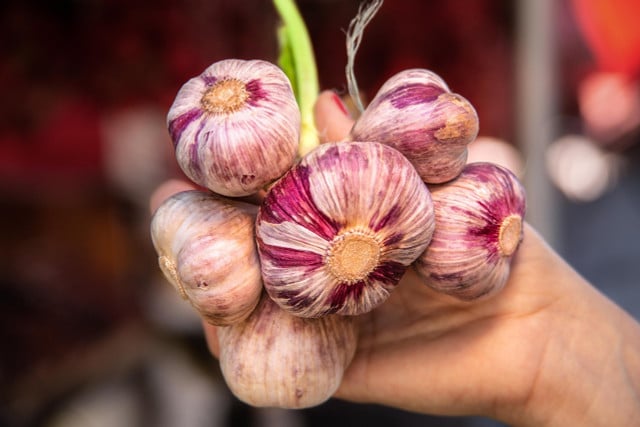


(Foto: CC0 / Pixabay / NanuVisual)
If flowering garlic isn’t on your menu, then waiting for that perfect bulb is easy with a little bit of attention and maintenance:
- Watch your garlic, especially in the spring time, as this is when scapes will begin to sprout.
- Cut the scapes as they appear. Wait until they are a couple of inches long so you can enjoy the benefits of harvested scapes without weakening the bulbs.
- Harvest your garlic once the leaves begin to turn yellow, usually in mid to late summer. Do not let your garlic stay in the ground too long, as the bulbs will eventually split apart in an attempt to multiply for next year. If you are too successful and now have far more than you need, consider fermenting garlic as a way of making it last longer.
Read more:
- 12 Herbs For Your Kitchen Garden
- Ginger and Garlic Tea: Benefits and Recipe
- Are Sprouted Onions Poisonous? Here’s What You Should Know
- Growing and Harvesting Spinach: A Complete Guide
Do you like this post?






